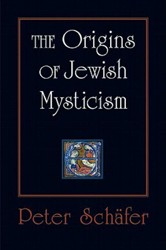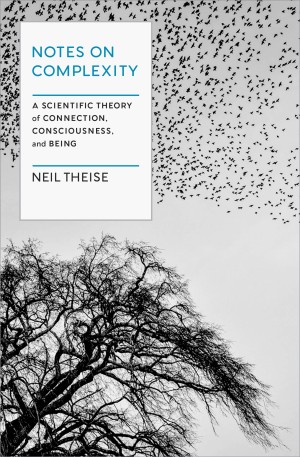The standard narrative of Jewish history proceeds from the assumption that assimilation is an inexorable process that, once set in motion, leads to complete absorption of individuals and communities. Drawing on the work of Aviva Ben-Ur and Jonathan Sarna, Leibman challenges the idea that “the history of America’s Jews is one of migration and assimilation, rather than ongoing religious innovation and revitalization.” Indeed, the current state of Jewish life, both in the U.S. and globally, illustrates such innovation and revitalization (alongside assimilation), since an untold number of people of all ages have returned to traditional practices, and in some cases, scrupulous adherence to Jewish law.
The book draws on a diverse set of sources and examples — sermons, graves, mikvahs, membership in organizations like the Masons. Leibman describes the philosophical and communal dimensions of Jewish life among the conversos, who were the first Jewish immigrants to much of the Eastern Seaboard, parts of South America, and to the Caribbean as far west as Paraguay.
The migration of conversos began a century after their expulsion from Spain and proceeded in several waves. Mainly engaged in trade, they created strong transnational networks, much of it based on the triangle trade involving spices and slaves, molasses and textiles. Strong social and familial ties bridged the distances between the New World and major global cities of the time like London and Amsterdam and ports like Newport and Recife. The level of Judaic knowledge within this population varied but the secrecy that was necessary for survival in Spain and Portugal, combined with a strong belief in the immanence of a messianic era, were important qualities that shaped a communal life based on religious practices. In these far-flung areas, Jewish immigrants built communal institutions like mikvahs, synagogues, and cemeteries. Drawing on rudimentary knowledge transmitted by a mimetic tradition, they were also influenced by travelling rabbinic scholars who collected funds for institutions in Israel but were also highly committed to the revitalization of Jewish traditions among the conversos. Leibman examines sermons and text as well as gravestones to document the powerful influence of mysticism and messianic beliefs as well as careful adherence to mitzvot like kashrut and mikva. Yet, at the same time, the boundaries between Jew and non-Jew were often highly permeable, especially in parts of the Caribbean.
Leibman has assembled a broad array of scholarly material to provide an important and complex portrait of a segment of the Jewish community whose commitment survived harsh persecution and considerable sacrifice. Her work is a worthy addition to our understanding of the complex nature of Jewish life involving not only assimilation, but, as she notes, innovation and revitalization as well.





